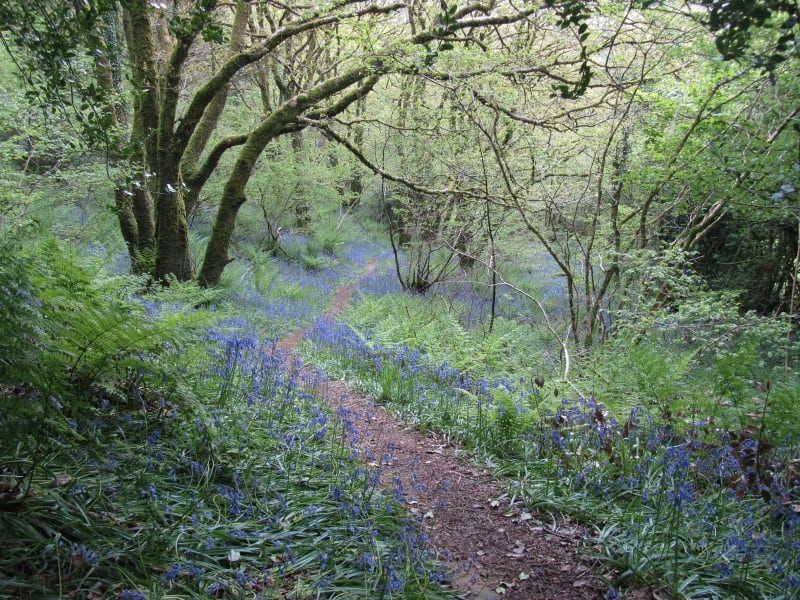
Through observing community woodlands principles of nature become important
Community woodlands are a great place to apply some of the ideas of permaculture, which are derived from observing forests and Indigenous and traditional communities living and working in them. These ideas can be applied to both the design and management of woodlands and to how people relate to one another. How many wonderful neighborhood projects fail because we lose interest in them or get into arguments with one another?
A woodland is a community that includes animals, birds, amphibians, reptiles, insects, shrubs, climbers, wildflowers, and fungi in addition to trees.
Upon examining woodlands, certain fundamental principles of nature emerge, including:
It matters to preserve biodiversity.
Particularly rich and diversified are the borders separating various environments.
Everything has numerous relationships and purposes.
You are aware that several ecosystems can grow in a woodland when there is some light present. Numerous species flourish in the areas where several ecosystems converge, taking advantage of the abundance of trees and a diverse range of plants. With this information, we may design areas that are conducive to wildlife viewing, pond dipping, and birdwatching, as well as gather materials for wood crafts. We can combine various concepts like this to get several advantages from a single action.
The ideas underlying instances such as these are used by permaculture to assist us in considering and creating methods of doing things that resemble those of nature. By carefully observing the terrain, the natural components, and the plants and animals that are present, we can make the most use of the resources that are already a part of the woodland.
Importantly, this can also help us utilize the time, effort, and resources we have available for the project to the fullest. These concepts, for instance, can be used to improve our group collaboration.
By granting access to woodlands and facilitating opportunities for individuals to reconnect with nature, community woodland groups naturally tackle significant concerns. But community groups frequently have the issue of being dependent on a small number of important individuals. Can we recruit and involve more volunteers using the permaculture approach? Can it also assist us in enhancing the energy and intrigue of our meetings?
Diversity is as important to the health of human ecosystems as biodiversity is to those of natural ecosystems. The first step is to make the forest and events friendly and accessible. Diverse viewpoints and ideas can also be considered aspects of diversity. Creating room for several voices could call for some creativity and care.
Speaking in front of people may not be to everyone's taste, but it might be less intimidating to post thoughts on a tree or to converse in groups of two or three while strolling through a forest and sharing around a fire. Perhaps more people will feel appreciated and a part of the group if they feel they have a voice.
Many community wood organizations host special activities for particular demographics, such as those seeking asylum or those dealing with mental health concerns. Bringing people together and offering them the opportunity to benefit from the therapeutic effects of being outside in the company of trees is achieved by inviting various people, particularly those who are frequently left out, to woodland events.
Keeping in mind the aforementioned concepts—especially the idea that everything has several purposes and connections—it might be possible to invite members of specific groups not just to special events but also to join committees or boards, lead workshops, and participate in skillshares.
The definition of permaculture in Welsh is "ongoing nurturing," or paramaeth. Perhaps the very act of conjuring up such possibilities makes glades, where humans and trees can coexist with ideas.

Comments 0